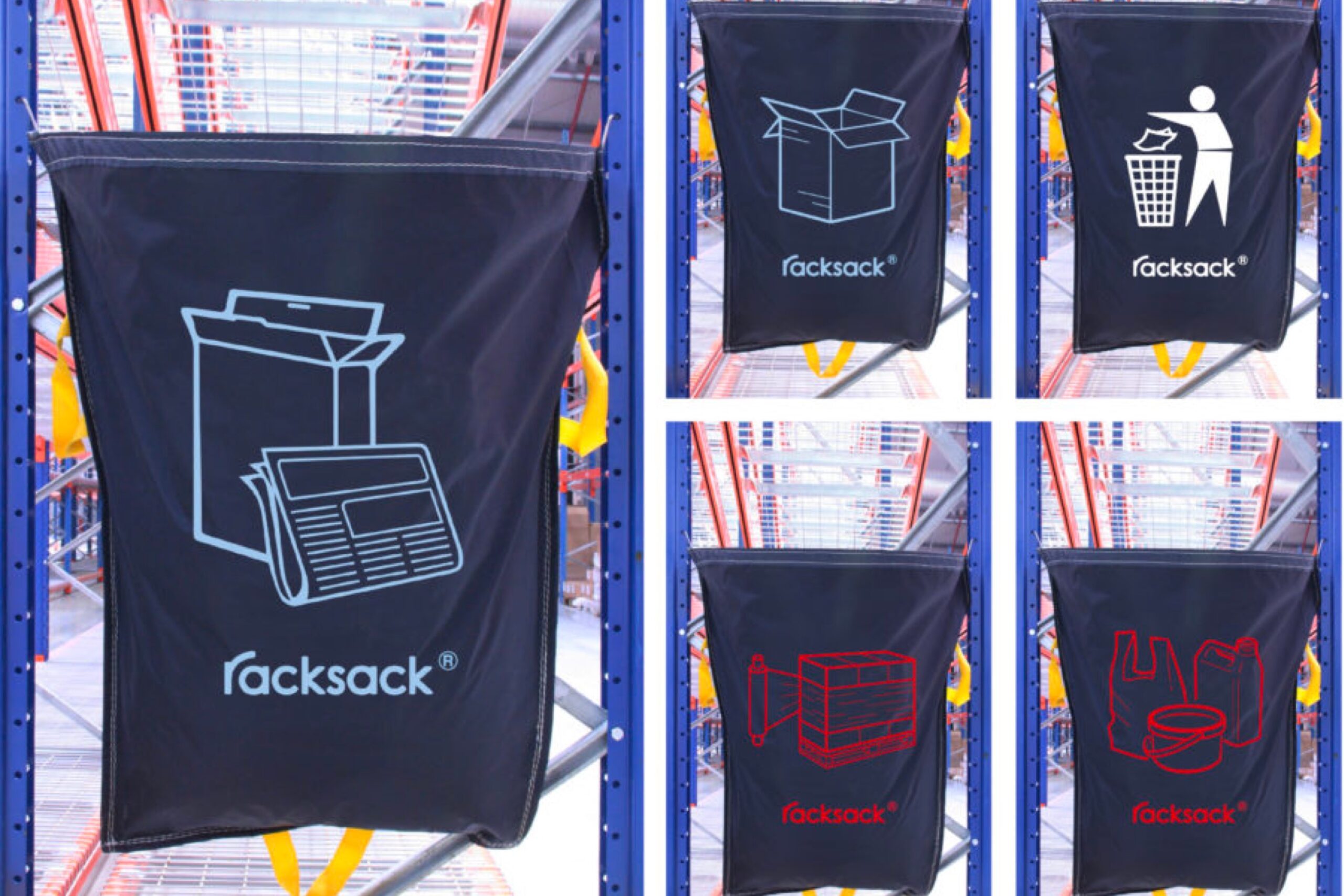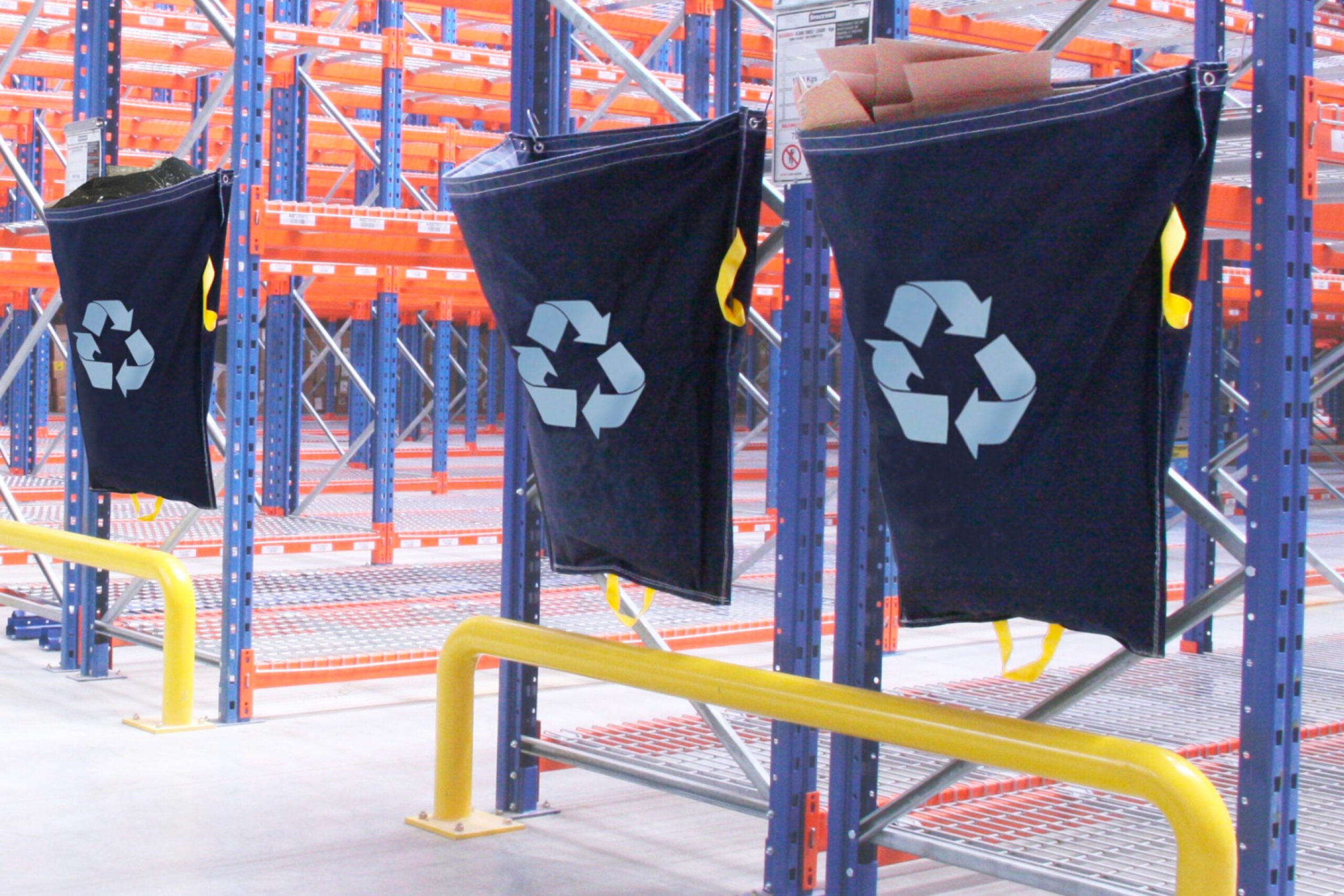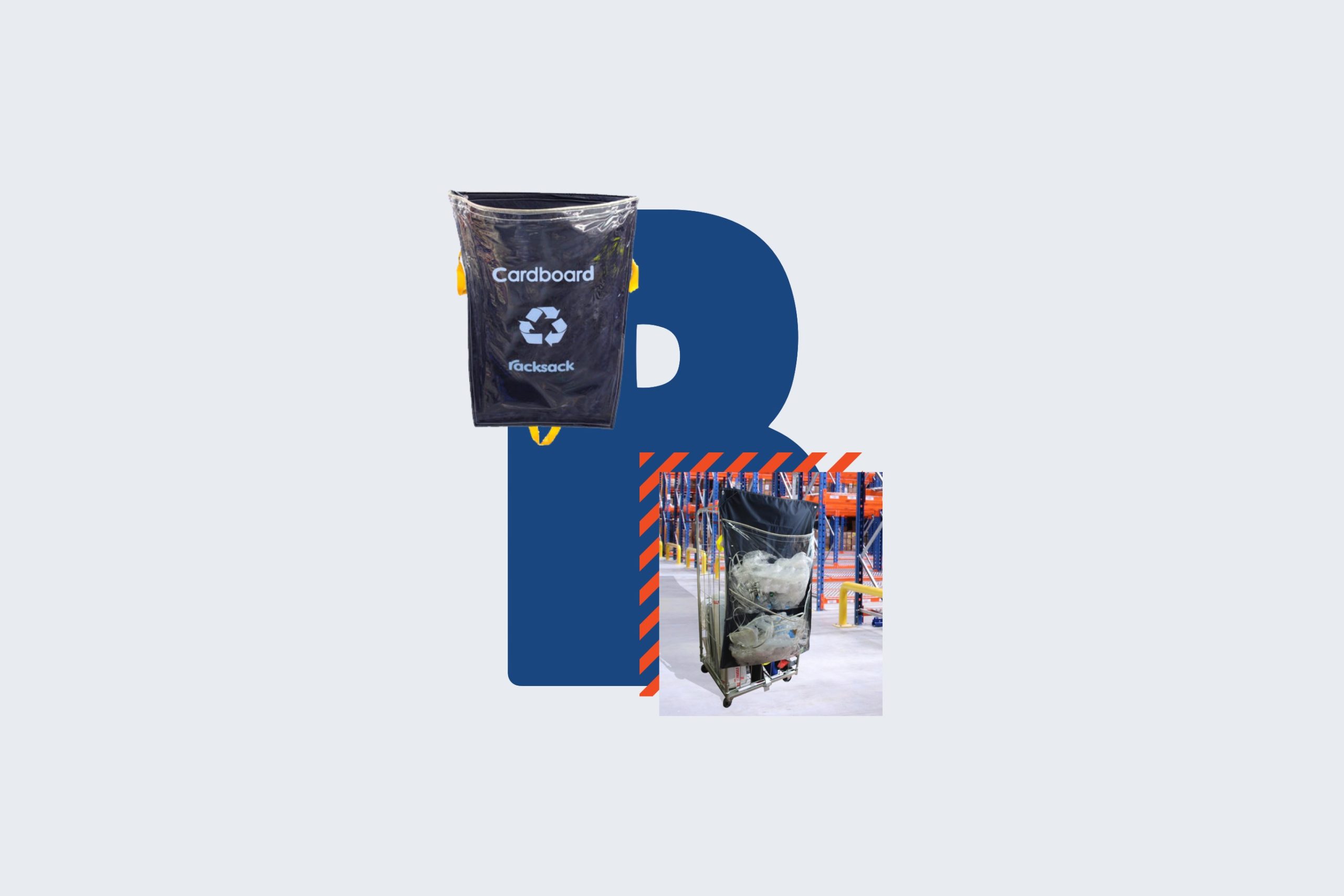Have you done enough to measure your company’s commitment to material-based waste segregation vs general waste systems? We could have a great solution in the form of warehouse waste segregation bins.
The huge global push on corporate responsibility is bringing pressure to look more closely at what resources you throw away. That’s where material-based waste segregation vs general waste removal comes in.
Did you know that approximately 2.01 billion tonnes of solid waste still go to landfills, every year? That’s according to the World Bank. Alarmingly, places to bury our rubbish are running out.
However, taking steps towards better waste management is not just an eco-friendlier option. It also brings cost and time savings.
Why focus on material-based waste segregation vs general waste
It would be easy to think in this age of environmental enlightenment that we already do ‘our bit’ to protect the planet. Particularly with measures such as energy efficiency and recycling in the workplace.
However, data from The World Counts website would suggest there’s still a lot of work needed to protect our planet. This site provides a live calculation of environmental issues, and suggests that pulp and paper production is set to double by 2060, compared to 2010. Plus, paper still accounts for 26% of the waste added to landfills.
The UK Government is stepping up efforts to rectify situations like this, including setting a target of recycling 65% of municipal waste by 2035.
The big question we are posing in this article is whether there is more you can do to contribute to this issue, with a clearer understanding of material-based waste segregation vs general waste.
Barriers to better waste management
One of the things holding some companies back is the belief that segregating waste can be time-consuming and have cost implications.
In fact, as sustainability legislation and Government pressure ramps up, so do the solutions provided by innovative companies. Suppliers who make it intuitive to separate your waste materials are becoming a part of everyday working practices.
How to sort your waste into five categories

The perfect example of a product that supports sustainable waste management is the racksack range. These warehouse waste segregation bins are extremely strong and easy to carry, plus fit easily in place and are handy for staff to use. The colours used to create this innovative product can be based on the universal categories for separating out waste materials.
The five universal categories are:
• Organic matter
• Glass/Metal/Plastic
• Paper/cardboard
• Hazardous and Toxic materials
• Residue (such as soiled and wet materials.)
Systems to make waste segregation easy
Let’s look more closely into racksacks’ speedy waste segregation system.
The clear version enables staff to swiftly remove paper and cardboard from their operational areas. This means the sack’s contents can be checked at a glance, to make sure nothing sharp or inappropriate has been added.
Full racksacks can be easily removed and emptied into paper waste recycling bins.
Depending on the type of business you run, you may prefer a green racksack for recyclable materials such as paper, as this is clearly an ‘eco’ waste bin.
You could source blue racksacks for general waste, or glass/metal/plastic materials. Keep in mind they are very strong, making them a safe way to store and remove these type of materials from your workplace.
Whatever colour coding and writing you use on your racksack order, you may also want to choose versions that hook onto trolleys or roll cages, as well as ones that fasten to racking, making your waste segregation practices company-wide.
More benefits of material-based waste segregation vs general waste

The leading brand of low-cost warehouse waste segregation bins can certainly help make your workplace more sustainable. Could it also bring efficiencies, and cost savings?
Some companies find this sort of set-up makes work areas cleaner and tidier, increasing safety standards and productivity.
There are occasions when paying closer attention to waste management enables companies to find better ways to do things – with fewer materials used. Or, they find creative ways to reuse discarded materials.




